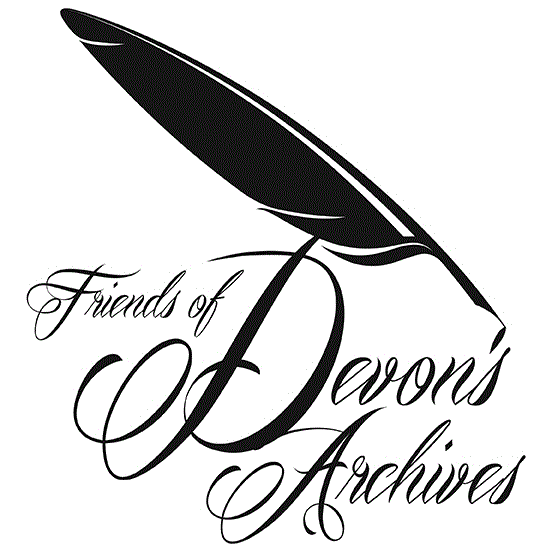Rackenford Oath-Takers, 1723
By Sarah Child
The oath takers as a proportion of the adult population -
Twenty years after the year of the oath, the rector of Rackenford's answer to the Bishop's enquiries estimated the number of households in his parish at 63 families, of which 34 were cottages surrounding the church. The number of households had not shown much change since the Hearth Tax return of 1664, when it was 58. On the rough assumption that the village houses contained an average of two adults over 18 and the farms an average of four, the early eighteenth century adult population would have been 180-190.2 This coincides with the figure obtained by averaging christenings over the previous decade and multiplying by 30 (assuming 40% of the population were under 18), which gives an adult population of 188. This is less than the Compton Census return of 1676 (214 persons over 16), but the baptismal records do show considerable ups and downs. They do not suggest much sustained population growth until the early 19th century.
It would appear from this very approximate estimate that less than 25% of men over 18 took the oath and about 10% of women.
It may be noted that none of the respondents to the Bishop's enquiries ever recorded any Catholics in the parish. The incumbent responding to the Compton Census also returned no papists, though he did record three non-conformists.
- and as travellers
As the crow flies, Rackenford is about three miles from Witheridge, five from Chulmleigh and 18 from Exeter, the three sites to record Rackenford oath takers. However even by the roads of today these distances can be doubled. By the standards of the time, travelling on foot or on horseback, it would have been possible to go to Witheridge and return within a day, just possible for Chulmleigh and certainly not for Exeter. The cost to the agricultural labourer, at least a day's pay, would obviously have been a major discouragement from taking up the option of swearing to protect non-existent property.
That labourers were not involved is reinforced by the fact that only eight of the Rackenford jurors decided to go to Witheridge to swear at the first and most convenient opportunity on 5 October. John Gunn swore in Chulmleigh by himself on 10 October, and a much larger group of 14 went to Chulmleigh on 23 October, when the lanes were still likely to have been in reasonably good condition. Katherine Mogford and Frances Parkhouse (who were themselves related), together with two (apparently unrelated) men, swore in Exeter on 11 December, William Courtenay a day later, and Dorothy Ayre on her own on 25 December. (For four jurors the place is not known.) There seems no obvious pattern of family groups travelling together, with the exception of the two women above and the Handfords who were father and son. The three Courtenay brothers all swore on different occasions, as did the Voyseys and the Gunns. The demands of farm chores would tend to explain this.
Continue to next section Return to previous
- This was the average household composition at the time of the 1841 census. [back]

